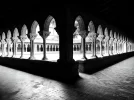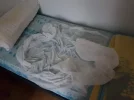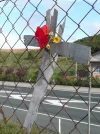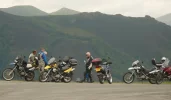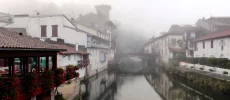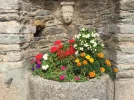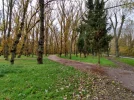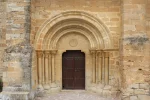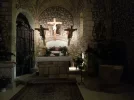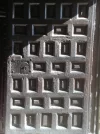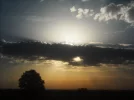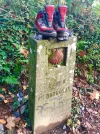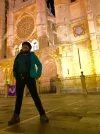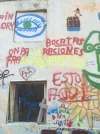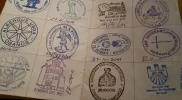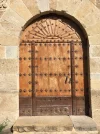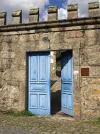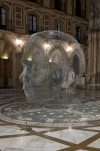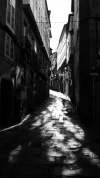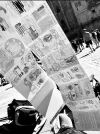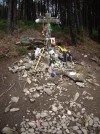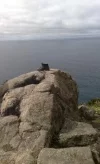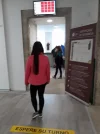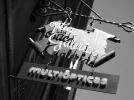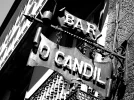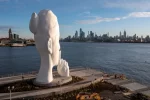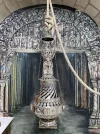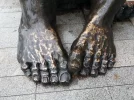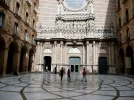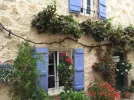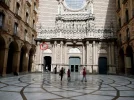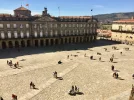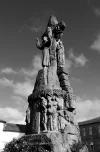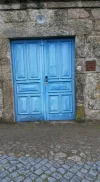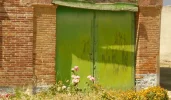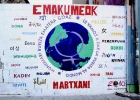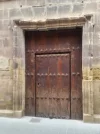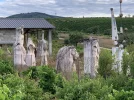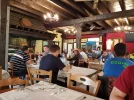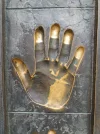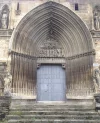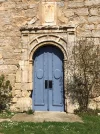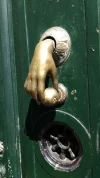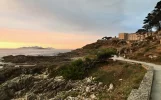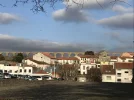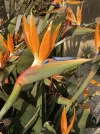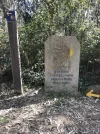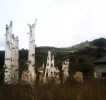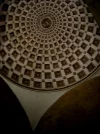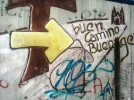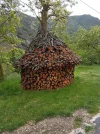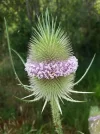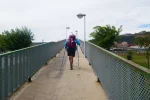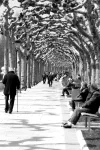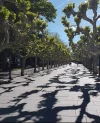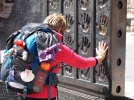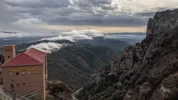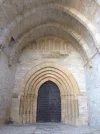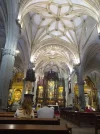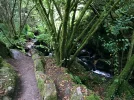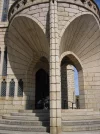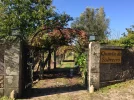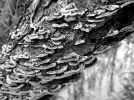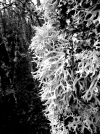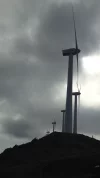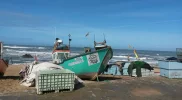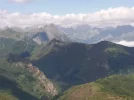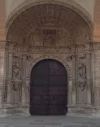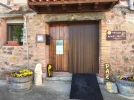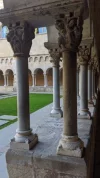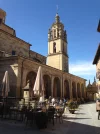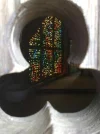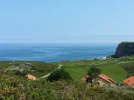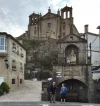- Time of past OR future Camino
- 2012, 2015, 2018, 2019, 2022, 2024
From: Little Gidding
If you came this way,
Taking any route, starting from anywhere,
At any time or at any season,
It would always be the same: you would have to put off
Sense and notion. You are not here to verify,
Instruct yourself, or inform curiosity
Or carry report. You are here to kneel
Where prayer has been valid.
-------------------------------------------------------------
We shall not cease from exploration
And the end of all our exploring
Will be to arrive where we started
And know the place for the first time.
Through the unknown, remembered gate
When the last of earth left to discover
Is that which was the beginning;
At the source of the longest river
The voice of the hidden waterfall
And the children in the apple-tree
Not known, because not looked for
But heard, half-heard, in the stillness
Between two waves of the sea.
Quick now, here, now, always—
A condition of complete simplicity
(Costing not less than everything)
And all shall be well and
All manner of thing shall be well.
“In my end is my beginning”. Most of us have a linear idea of the camino, a journey from one place to another and a transforming progress. We arrive in Santiago and return home (usually by plane) with a glow of euphoria and elation. For the mediaeval pilgrim, it was very different. They would arrive in Santiago and then face the long and equally arduous journey back home to a life that probably went on exactly as it was before. The often quoted last two lines from the second segment are from ‘Revelations of Divine Love’, written in the 14th century by Julian of Norwich, a near contemporary of Geoffrey Chaucer. She was a nun and a mystic, the first known woman writer in English. Her basic message was that love is what god is and what religious belief should primarily consist of. I am not sure what T.S.Eliot’s basic message is.
The statue is on the roof of the church of San Francisco (I think), taken from the top storey of San Martín Pinario.
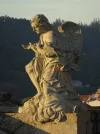
If you came this way,
Taking any route, starting from anywhere,
At any time or at any season,
It would always be the same: you would have to put off
Sense and notion. You are not here to verify,
Instruct yourself, or inform curiosity
Or carry report. You are here to kneel
Where prayer has been valid.
-------------------------------------------------------------
We shall not cease from exploration
And the end of all our exploring
Will be to arrive where we started
And know the place for the first time.
Through the unknown, remembered gate
When the last of earth left to discover
Is that which was the beginning;
At the source of the longest river
The voice of the hidden waterfall
And the children in the apple-tree
Not known, because not looked for
But heard, half-heard, in the stillness
Between two waves of the sea.
Quick now, here, now, always—
A condition of complete simplicity
(Costing not less than everything)
And all shall be well and
All manner of thing shall be well.
“In my end is my beginning”. Most of us have a linear idea of the camino, a journey from one place to another and a transforming progress. We arrive in Santiago and return home (usually by plane) with a glow of euphoria and elation. For the mediaeval pilgrim, it was very different. They would arrive in Santiago and then face the long and equally arduous journey back home to a life that probably went on exactly as it was before. The often quoted last two lines from the second segment are from ‘Revelations of Divine Love’, written in the 14th century by Julian of Norwich, a near contemporary of Geoffrey Chaucer. She was a nun and a mystic, the first known woman writer in English. Her basic message was that love is what god is and what religious belief should primarily consist of. I am not sure what T.S.Eliot’s basic message is.
The statue is on the roof of the church of San Francisco (I think), taken from the top storey of San Martín Pinario.



